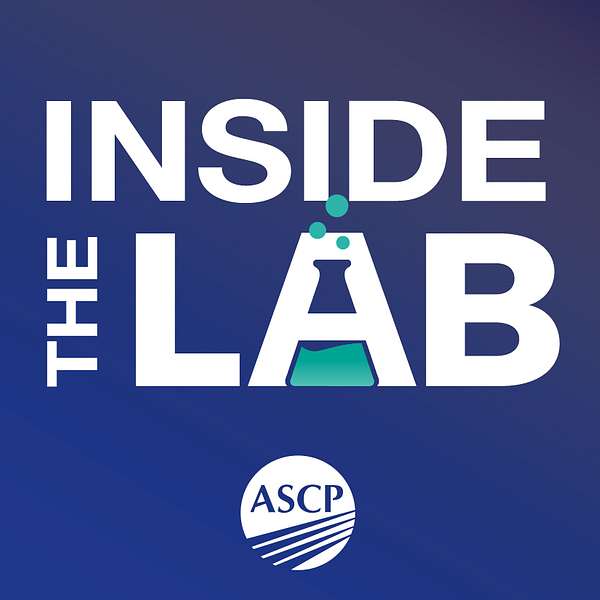
Inside the Lab
Inside the Lab
S3Ep9-Sometimes It’s a Zebra: Unusual Cases in the Microbiology Lab
The medical laboratory is often seen as a black box that generates definitive results with little effort. But it’s not always that simple.
What if you work up a culture and find an unusual bacteria or fungus? What do the technologists in the microbiology laboratory do to investigate these uncommon cases and provide their patients with a proper diagnosis?
On this episode of Inside the Lab, our hosts, Ms. Kelly Swails, MLS(ASCP), and Dr. Ali Brown, MD, FASCP, are joined by Dr. Clare McCormick-Baw, MD, FASCP, Medical Director of Infectious Diseases Serology and Molecular Microbiology at Parkland Health in Dallas, Texas, and Assistant Professor in the Department of Pathology at the University of Texas Southwestern Medical Center, Dr. Andrew Clark, PhD, D(ABMM), Medical Directory of the Microbiology Laboratory at Clements University Hospital and Assistant Professor at the University of Texas Southwestern Medical Center, and Dr. Laura Filkins, PhD, D(ABMM), Clinical Microbiology Laboratory Director at Children’s Health System of Texas in Dallas, Texas, and Assistant Professor of Pathology at the University of Texas Southwestern Medical Center, to share their most interesting microbiology cases.
Dr. Clark discusses an immunosuppressed 73-year-old man with persistent diarrhea who was diagnosed with invasive GI mucormycosis, and Dr. McCormick-Baw describes the case of the healthy 51-year-old woman whose abdominal fullness was caused by coccidioidomycosis, not cancer. Listen in for Dr. Filkins’ insight on getting the CDC involved when a four-year-old patient contracted Burkholderia pseudomallei and learn how committed clinical laboratory scientists kept digging until they found answers for these three unique patients!
Topics Covered
· Dr. Clark’s case of an immunosuppressed 73-year-old man with persistent diarrhea
· How Dr. Clark’s team found Mucor mold in their patient’s stool culture and diagnosed him with invasive GI mucormycosis
· How rare GI mucormycosis is and why it’s nearly always terminal
· Dr. McCormick-Baw’s case of a healthy 51-year-old woman who presented with abdominal fullness
· How Dr. McCormick-Baw’s team determined that their patient did not have cancer but did have coccidioidomycosis
· Why it took two years after Dr. McCormick-Baw’s patient contracted Coccidioides on a hike for symptoms to present
· Dr. Filkins’ case of a previously healthy four-year-old female (with a colorful animal history) who presented with nausea, vomiting, lethargy and decreased appetite
· How Dr. Filkins’ team cultured their young patient’s tracheal aspirate specimen and found the high-risk pathogen Burkholderia pseudomallei
· How the local health lab, local epidemiologist and CDC’s joint investigation uncovered four cases of Burkholderia pseudomallei in the U.S. and traced them to aromatherapy bottles manufactured in India
· How the CDC, EPA and Texas public health agencies discovered that Dr. Filkins’ patient’s pet raccoon died of Burkholderia pseudomallei and decontaminated its burial site
Connect with ASCP
ASCP on Twitter
Connect with Dr. McCormick-Baw
Dr. McCormick-Baw at UT Southwestern
Connect with Dr. Clark
Dr. Clark at UT Southwestern
Connect with Dr. Filkins
Dr. Filkins at UT Southwestern
Resources
‘Burkholderia Pseudomalliei Detected in a Raccoon Carcass Linked to a Multistate Aromatherapy-Associated Melioidosis Outbreak’ in Morbidity and Mortality